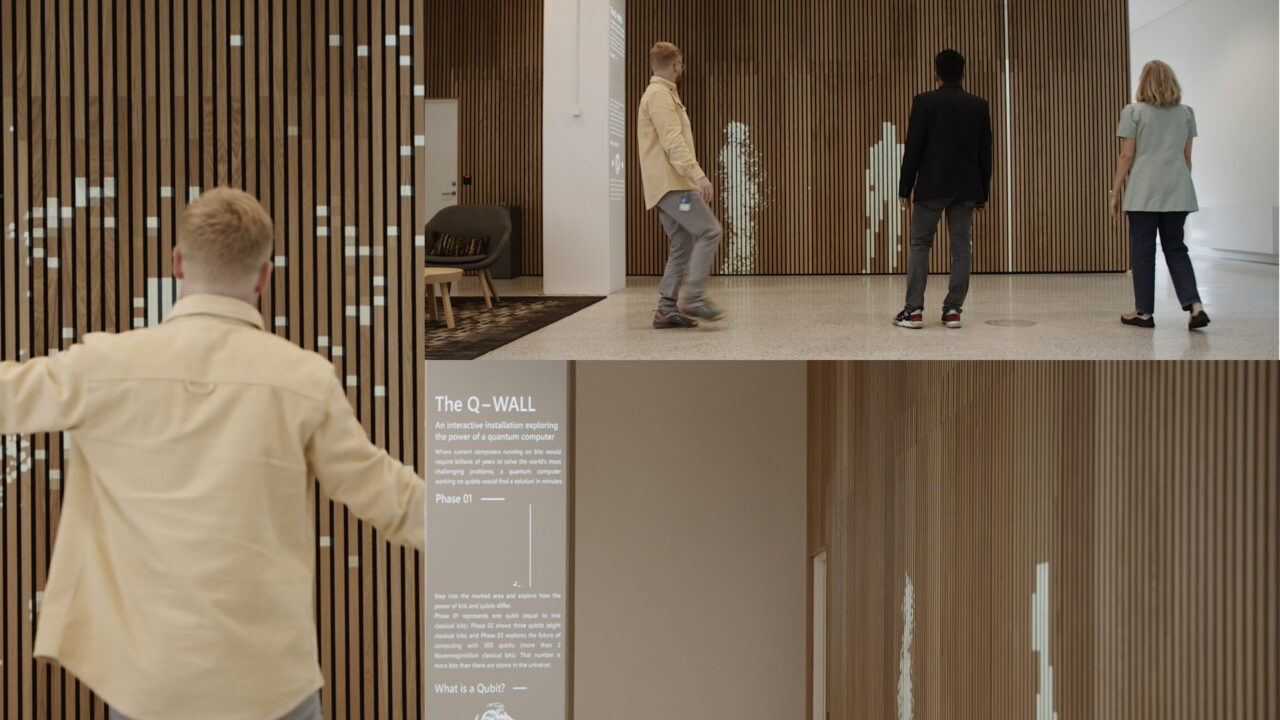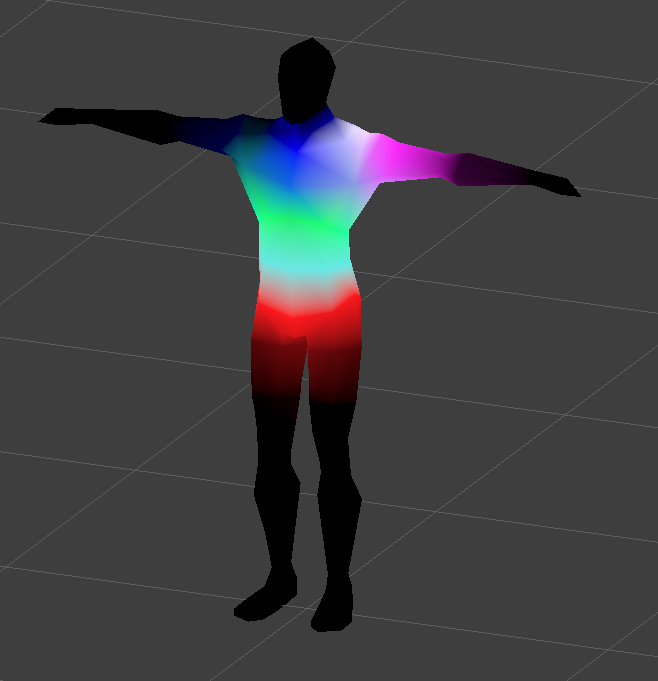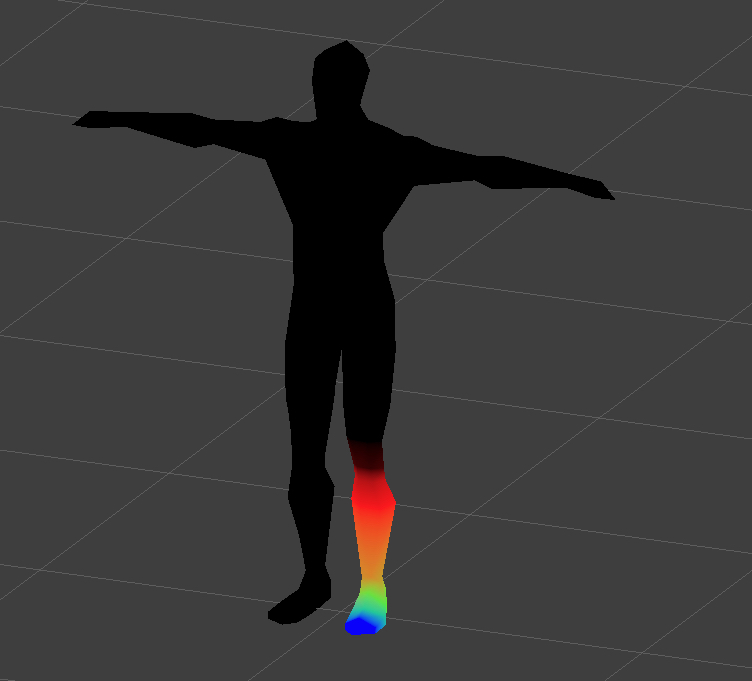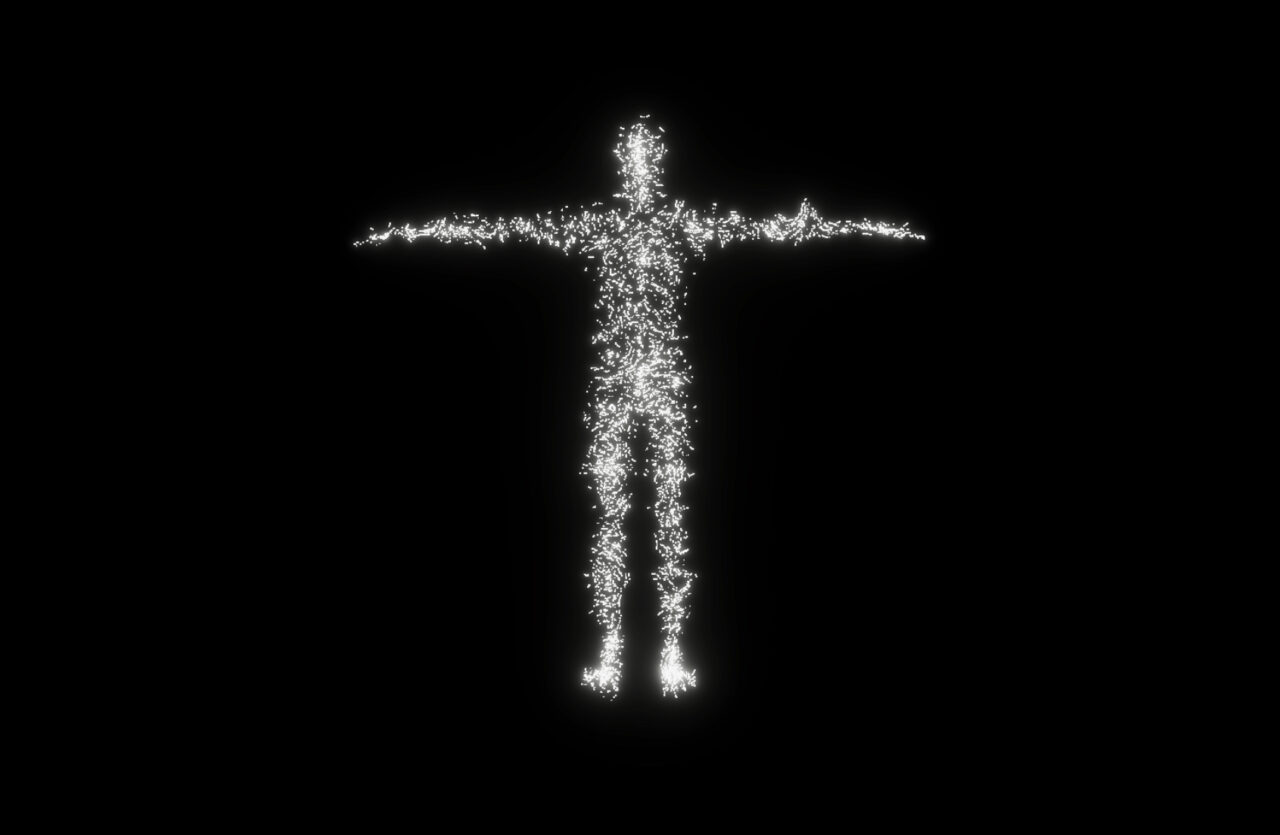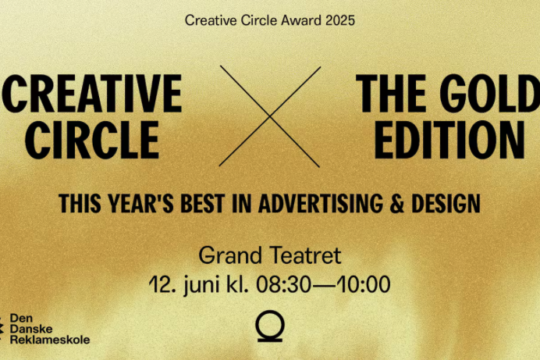Kunde
Microsoft
Bureau
Manyone
Krediteringer
Beskrivelse
Working closely with Microsoft, we developed an interactive installation to create an engaging on-site quantum computing experience at Microsoft’s Copenhagen headquarters.
The Q-Wall is an interactive experience designed and developed specifically for Microsoft’s Quantum Lab in Copenhagen, one of only three globally. The installation at Microsoft’s Copenhagen headquarters functions as an inclusive and low barrier entry to understand the potential of quantum computing for visitors and employees. The installation is a testimony to how a complex STEM subject through creative programming and spatial awareness can be turned into something tangible and understandable for all.
The visitor interacts by placing themselves in front of the installation and from there they can navigate and experience the history of computational power from bits to qubits by using their own body to interact - a unique spatial UX adaption allowing anyone present to be introduced to the computational power of quantum computing in a playful and visually pleasing manner. It does this by using real-time skeleton tracking and light projections that interact seamlessly with the beautiful location. The light setting and playful nature of the installation welcomes all types of visitors inviting them to engage in multiple manners with the research conducted at the facility.
The installation pays homage to the history of Microsoft. A company that in the past revolutionised computing with the classic bit computers, and now they are doing it again with quantum computing. The bit is the basic unit of information in a regular computer which always has a value of either 0 or 1. But the quantum powered qubit can hold both these values, and those in between, at the same time allowing quantum computers to process pieces of information at an exponentially faster rate. Understanding the difference between the classic bit and the qubit will help visitors at the lab grasp the magnitude of the impact that this technology will have on the future.
The research and development of quantum computing in Copenhagen is conducted by some of the brightest minds in the world. While quantum computing might seem complex and out of reach to most, Microsoft are actively working to ensure that their work can be understood and engaged with at all levels. And as part of this, they asked us to create the Q-Wall.
To build it, we used Microsoft’s Azure Kinnect to physically track people at the installation. The data is then processed through a game engine and translated visually to 3D models which form the main part of the tracking system shown on the Q-wall. As people move their representations transfer into the quantum realm and become qubit particles. After interacting with the Q-Wall, users are invited and engaged to learn more about work at the quantum lab.
Shortliste
CCA 2021

